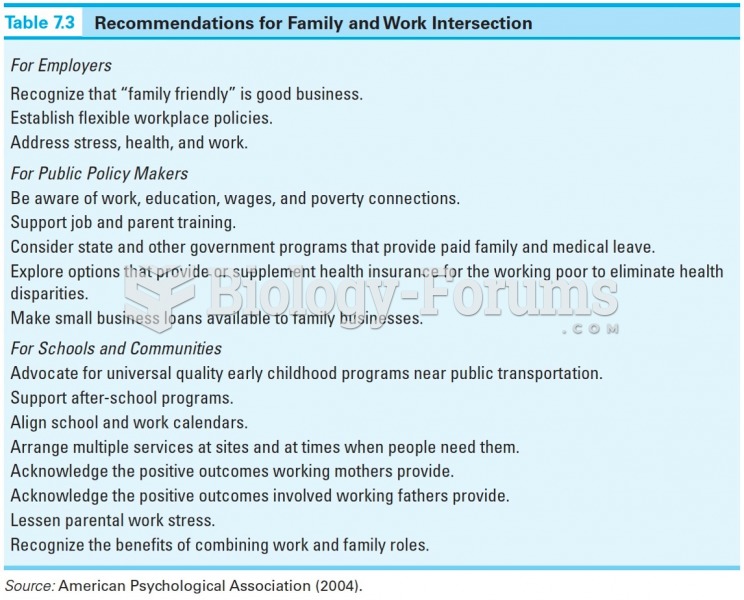In which columns of a work sheet would the adjusted balance of Accumulated Depreciation appear?
a. Adjusted Trial Balance Credit, Balance Sheet Debit
b. Adjusted Trial Balance Credit, Balance Sheet Credit
c. Adjusted Trial Balance Credit, Income Statement Credit
d. Adjusted Trial Balance Debit, Balance Sheet Debit
e. Trial Balance Debit, Adjusted Trial Balance Debit
Question 2
Human Aspects of Budgeting in a Service Firm
Vidal Sanson owns three upscale hair salons: Bristles I, II, and III. Each of the salons has a manager and 10 stylists who rent space in the salons as independent contractors and who pay a fee of 10 of each week's revenue to the salon as rent. In exchange they get to use the facility and utilities, but must bring their own equipment.
The manager of each salon schedules each customer appointment to last an hour and then allows the stylist 10 minutes between appointments to clean up, rest, and prepare for the next appointment. The salons are open from 10:00 a.m. to 6:00 p.m., so each stylist can serve seven customers per day. Stylists each work 5 days a week on a staggered schedule, so the salon is open 7 days a week. Everyone works on Saturdays, but some stylists have Sunday and Monday off, some have Tuesday and Wednesday off, and some have Thursday and Friday off.
Vidal Sanson knows that utility costs are rising. Vidal wants to increase revenues to cover at least some part of rising utility costs, so Vidal tells each of the managers to find a way to increase productivity in the salons so that the stylists will pay more to the salons. Vidal does not want to increase the rental fee above 10 of revenue for fear the stylists will leave. And each salon has only 10 stations, so Vidal feels each salon cannot hire more than 10 full-time stylists.
The manager of Bristles I attacks the problem by simply telling the stylists that, from now on, customers will be scheduled for 40-minute appointments and breaks will be 5 minutes. This will allow each stylist to add one more customer per day.
The manager of Bristles II asks the stylists on a voluntary basis to work one extra hour per day, from 10:00 a.m. to 7:00 p.m., to add an additional customer per stylist per day.
The manager of Bristles III sits down with the stylists and discusses the issue. After considering shortening the appointment and break times or lengthening the hours of operation, one of the stylists says, I know we rent stations in your store, but I am willing to share my station. You could hire another stylist who will simply work at whatever station is vacant during our days off. Since we use our own equipment, this will not be a problem for me as long as there is a secure place I can leave my equipment on my days off. Most of the other stylists agree that this is a good solution.
Required:
1. Which manager's style do you think is most effective? Why?
2. How do you think the stylists will react to the managers of salons I and II? If the stylists are displeased, how can they indicate their displeasure?
3. In Bristles III, if the stylists did not want to share their stations with another party, how else could they find a way to increase revenues?







